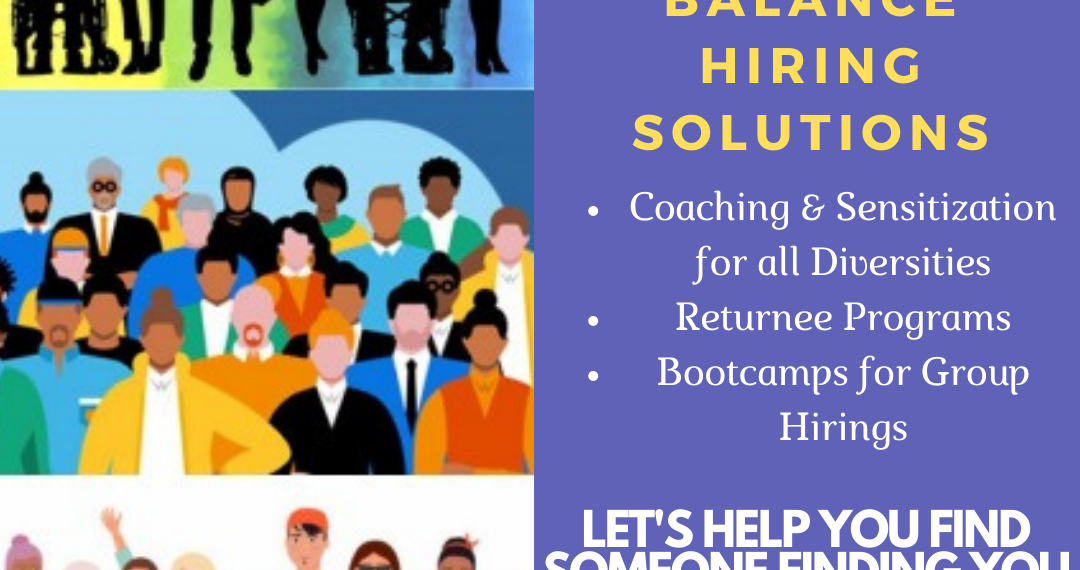The Coronavirus Pandemic may be a wake-up call in many ways, but it is also emblematic of an era whose basic essence is Disruption. If we look at even a snapshot of just over a decade to 2020, we would experience a world of incredible Black Swan events.
The 2008 Financial Crisis, the Arab Spring and Mass Displacement of People across the Middle East, the Brexit vote — the list goes on. And now, a global pandemic infecting and killing people across the world, impacting Livelihoods and Economies.
We have lived in a perfect storm of Geopolitical uncertainty, accelerated innovation emerging from Connectivity, Networks & Technology and, now this Black Swan event. Unfortunately, the Leadership playbook through all this has remained largely frozen, still leaning on Command-and-control styles, even while the need of the hour is Agile Leadership within highly Networked Organisations. Refusal to shift our sails to adapt in these times runs the risk of using old playbooks to solve new problems.
The kind of Leadership proficiencies we need in these times of Global Disruptions cannot be learnt from books or from PowerPoint presentations. These times will require a pedagogy that is more Personal, Experiential and Intimate.
Several intelligences must be at play besides social and emotional, which will be key to Communicate, Influence, Adapt, Include and Inspire positive outcomes through people:
- Moral Intelligence will be key at this time as Leaders need to demonstrate what they espouse as Purpose and Values of the Organization
- Technological Intelligence will be a game changer, so Leaders will need to amplify the power of rapidly emerging Technologies to connect Customers and Talent
- Generative Intelligence to use the Creativity and Brilliance of people to realise their true value through Innovation — for both Survival and Growth
- Transformative Intelligence to drive meaningful road maps for change and become credible evangelists by creating a sense of urgency
These intelligences work best when they reside in a philosophy of Hope and Optimism, so needed through this phase as Organisations rebuild for Recovery and Resurgence of Businesses in the midst of a continuing Global Health Crisis. Optimism and Positivity can be cultivated by consciously reducing negative talk — it’s called Planned Optimism. Doom and gloom talk can have a devastating impact on morale and hope — the two integral positive energies Organisations need most to navigate positive outcomes through a crisis. Loss of morale and hope is a risk Organisations can ill afford, especially when all hands are needed to leverage and triumph this Adversity.
Here are some key Human-centric Leadership shifts that will be most critical through the Recovery and Resurgence phase. Some of you may argue these were important prior to the Covid-19 crisis too, but now they have become imperative for Survival. Each of these shifts must be viewed as a continuum and it is for each leader to reflect on where he/she is located along these:
- From Fragile to Resilient: Non-resilient unprepared leadership reacted to crises by asking, ‘How did I get here? What caused this to happen? How will we survive now?’ They should become a Resilient, Anti-fragile Leadership, which gets better with every crisis, enjoys the challenges and opportunities thrown up and truly thrives in it.
- Centralised to Distributed Authority: This conversion should be from a centralised, authoritative command-and-control Leadership into an empowering one that encourages distributed authority, brings agility to solving problems by working across levels, including people.
- Mandated Change to Adaptive: This is regarding leadership that drives strictly mandated change agendas, which should become an Adaptive, Flexible Leadership that is a Nimble, Credible Evangelist for Change, creates urgency, challenges the status quo, and makes difficult choices.
- Bureaucratic to Connected: Here, a management that is hierarchical and bureaucratic — which slows down speed of Problem solving, Decision making and Communication — should convert into a highly connected Leadership that has links with customers, employees and other stakeholders, enabling faster solutions/execution.
- Improving Communication: Leaders need to drop a Stoic, uncommunicative style, which restricts communication only to an inner circle that is expected to cascade as needed and prefers a limited ‘need-to-know’ model. Instead, they must adopt an over-communicative Leadership style, by frequently communicating information with Transparency, Credibility, Optimism and Compassion.
- Showing Vulnerability: Leaderships should not be heroic, invincible or omnipotent, believing they have the right answers, or have fixed mindsets that don’t admit to mistakes nor accept feedback. Rather, Leaders must be Vulnerable, Authentic, having a Growth Mindset that is willing to explore, loves challenges, makes efforts, is open to feedback, and admitting mistakes.
- Being quick to Adapt: Leaders must not be inward-looking, institution-building or believing in long-term strategies while being reluctant to rewrite old playbooks, or be risk-averse and control-oriented. Rather, they should be Strategically and Tactically adaptable, pivot as needed, discard and re-write business leadership playbooks, with contemporary and modern mindsets.
- Nimble Digitally: From just being migrants to Technology, who do not think in terms of tech solutions, leaders must be digitally transformational and enable nimble digitisation and automation to drive Operational Effectiveness to solve problems/improve performance.
- Eye on Survival and Growth: Aspirational, innovation leadership may be rooted in short-term priorities, while valuing consensus. This should actually be Innovation-savvy Leadership that believes in new thinking with imperatives for future survival and growth.
- Commit to Employee Health: Leadership must shift from a model that’s employee health & safety savvy but does not commit to concrete actions to mitigate risks associated with not being healthcare compliance-oriented. They can be committed to a model that includes not only health and safety but also psychological safety and mental health, while being compassion-oriented.
The shifts along these continuums will now become imperative in the context of survival of Organisations. The binding glue is Compassion for people. Compassion is often seen as a weak word in the business world as it is understood as sympathy for others.
Compassion is, in fact, having an authentic interest in wanting the well-being of others by understanding their pain. It’s what binds humanity and works well in the business world in many ways, especially when compassion works in conjunction with accountability.
These are incredible times for leaders to demonstrate what it means to be truly Compassionate.




